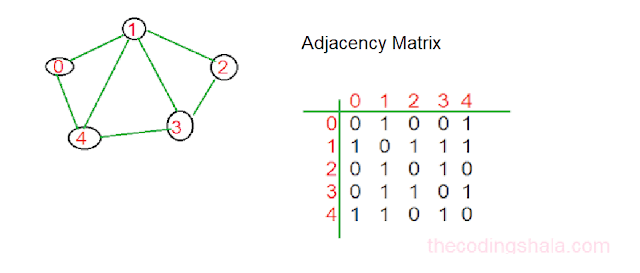Java Interfaces - The Coding Shala
Home >> Learn Java >> Java Interfaces
Output:
Output:
Output:
Output:
Java Interfaces
Java Interfaces are used to achieve Abstraction. Interfaces are like abstract class but the interface only contains an abstract method. Every method declared in an interface are by default abstract. We can see the interface as the blueprint of the class. It specifies what a class must do and not how.
We use the interface keyword to declare interfaces. To implement the interface we use implements keyword.
The following code shows how to use java interfaces:
interface interface_name{ //declare constant fields //abstract methods //by default } class class_name implements interface_name{ //class body //implementation of all the abstract methods }
The following are the important point about Java interfaces:
- Java Interfaces provide total abstraction.
- In java interfaces all the methods are abstract and all fields are public, static and final by default.
- If a class implements an interface then the class must implement all the methods declared in the interface.
- Using interfaces we can achieve multiple inheritances.
- Java Interface also represents the IS-A relationship.
- Java Interface cannot be instantiated. we can not create the object of interfaces.
- After Java 8, Interfaces can have default and static methods also.
- After Java 9, Interfaces can have private methods also.
- An interface can extend another interface.
Example of Java Interface
The following example explains Java Interface:
//Java Interface example //thecodingshala.com interface intfc1{ public static final int val1 = 10; //public static final abstract void className(); void msg(); //this is also abstract by default } class Class1 implements intfc1{ @Override public void className() { System.out.println("Class1 implements intfc1 interface"); } @Override public void msg() { System.out.println("All methods are abstract in interface by default"); System.out.println("value of field is: "+val1); } } class Main{ public static void main(String[] args) { Class1 c = new Class1(); c.className(); c.msg(); } }
Class1 implements intfc1 interface All methods are abstract in interface by default value of field is: 10
Java Interface can have default implementation means a default method with a method body. We don't need to implement the default method in the class. Java interfaces can have static methods also which can be called independently without an object. The following example explains it:
//Java Interface example //thecodingshala.com interface intfc1{ default void Display() { System.out.println("This is interface intfc1"); } static void Msg() { System.out.println("Static method"); } } class Class1 implements intfc1{ } class Main{ public static void main(String[] args) { Class1 c = new Class1(); c.Display(); intfc1.Msg(); //static method can be called independently } }
This is interface intfc1 Static method
Java Interface Inheritance
An interface can also extend another interface. The following example explains it:
//Java Interface example //thecodingshala.com interface intfc1{ void className(); } interface intfc2 extends intfc1{ void msg(); } class Class1 implements intfc2{ public void className() { System.out.println("Inside Class1"); } public void msg() { System.out.println("Hello There"); } } class Main{ public static void main(String[] args) { Class1 c = new Class1(); c.className(); c.msg(); } }
Inside Class1 Hello There
We know multiple inheritances can also be achieved using the interface. In interface implementation is done in classes that's why we can achieve multiple inheritances.
Java Multiple Inheritance Using interface
If a class implements multiple interfaces or interface extends multiple interfaces, it is known as multiple inheritances.
The following example explains multiple inheritances:
//Java Interface example //thecodingshala.com interface intfc1{ void className(); } interface intfc2{ void className(); //same as intfc1 interface void msg(); } class Class1 implements intfc1, intfc2{ //implements both the interfaces public void className() { System.out.println("Inside Class1"); } public void msg() { System.out.println("Hello There"); } } class Main{ public static void main(String[] args) { Class1 c = new Class1(); c.className(); c.msg(); } }
Inside Class1 Hello There
Question: What is the marker or tagged interface?
Answer: An interface that has no member means no fields and not methods is known as a marker or tagged interface, for example, Serializable, Cloneable, Remoter, etc.
We know that both abstract classes and interfaces are used to achieve abstraction. We can not create an object of both abstract class and interface. The following are some difference between abstract classes and java interfaces:
- An abstract class can have abstract and non-abstract methods while the interface can have only abstract methods plus default and static method.
- Java interface supports multiple inheritances while abstract class doesn't.
- An abstract class can extend another Java class and implement multiple Java interfaces while the interface can extend another Java interface only.
Other Posts You May Like




Comments
Post a Comment